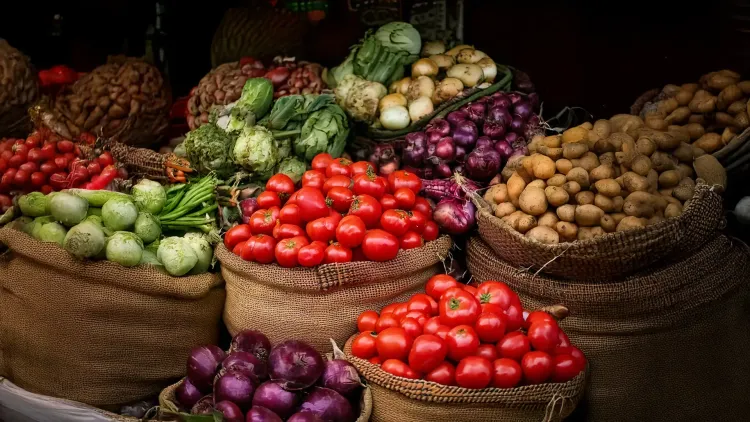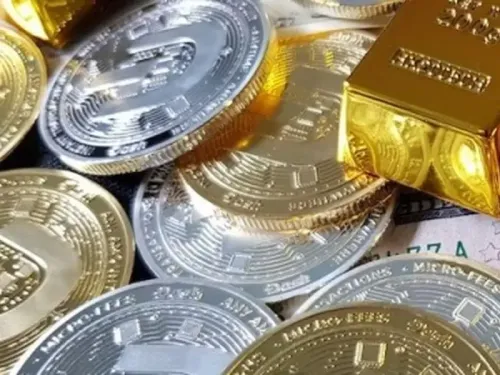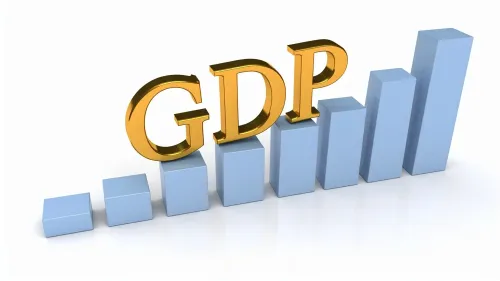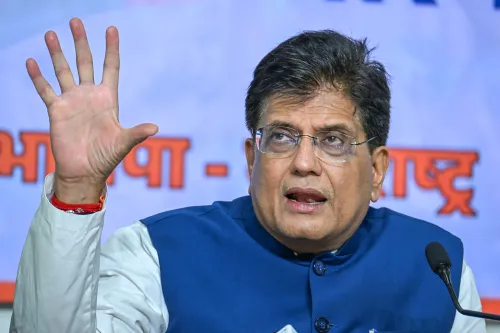What are the Implications of Discussion Paper 2.0 on Free PDS Items in CPI Compilation?

Synopsis
Key Takeaways
- The government is revising the CPI base to reflect free PDS items.
- Discussion paper 2.0 invites feedback from various stakeholders.
- The free food grain distribution scheme's impact on inflation is significant.
- The inflation rate remains below the RBI target, promoting economic growth.
- Feedback deadline is set for October 22.
New Delhi, Oct 4 (NationPress) The government announced on Saturday that it is undertaking a revision of the Consumer Price Index (CPI) base, as it unveiled discussion paper 2.0 regarding the incorporation of free PDS items in the CPI calculation.
This initiative aims to enhance the scope of price collection, improve existing methodologies, consider new data sources, and effectively utilize modern technology in both price collection and index compilation.
With the government's launch of the free food grain distribution scheme on January 1, 2023, which covers 75 percent of the rural population and 50 percent of the urban population, the importance of accurately reflecting this in the CPI and inflation measures has become both relevant and essential, as stated by the Ministry of Statistics and Programme Implementation (MoSPI).
The ministry noted, “This matter has been thoroughly discussed with national and international experts, including the Reserve Bank of India, the International Monetary Fund, and various UN institutions and government organizations.”
The methodology proposed in discussion paper 2.0 was developed by MoSPI after integrating feedback received during these discussions.
The ministry is currently seeking opinions and comments from experts, academicians, governmental bodies, state governments, financial institutions, and other stakeholders regarding discussion paper 2.0. Feedback is requested by October 22.
India’s CPI inflation increased to 2.07 percent in August, while food inflation remained in the negative range.
Simultaneously, India’s inflation rate, based on the CPI, rose to 2.07 percent in August, even as food prices continued to decline, reducing the financial burden on the average citizen.
The inflation rate in August was slightly higher than the 1.61 percent recorded in July of this year, which marked the lowest year-on-year retail inflation since June 2017. This rate remains comfortably below the RBI’s target of 4 percent, allowing the central bank to maintain a soft monetary policy aimed at fostering growth.









